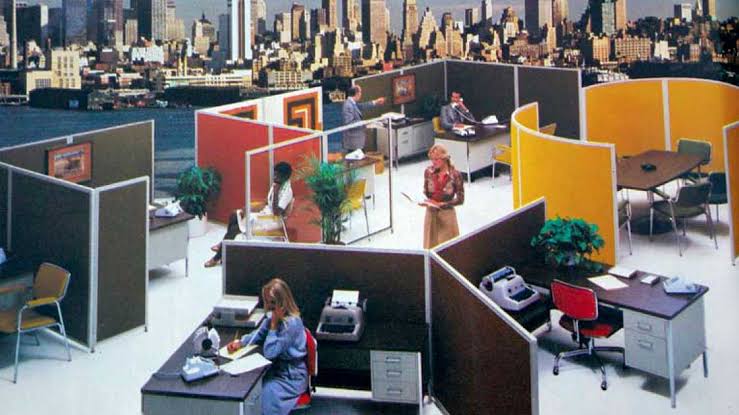Offices with rows of cubicles, water cooler discussions, and file cabinets crammed with piles of paper used to be the stereotypical image of work. Our working methods have quickly moved away from it, creating a whole new world in the process. Previously in-person meetings, discussions, and teamwork are now conducted virtually. As technology develops, our workplaces and methods of operation change.
Even though these changes have been coming for a while, many businesses have to quickly embrace remote technology in order to survive the pandemic. What started off as a need quickly turned into the norm. It became evident that a large number of previously in-office roles could be performed remotely. We’ll examine how emerging workplace technologies are changing the office setting below.
Technologies for Video Conferencing Increase Productivity
Although video conferencing has been around for a while, not everyone could use it until lately. Low audio and video quality in the past made this a less appealing choice than face-to-face meetings. We can now hold teleconferences that feel a lot like in-person meetings because of advancements in hardware and software.
Teams that are continually growing or have a global presence may find this very helpful. There is a device that is ideal for your needs, whether you require video conferencing equipment for huge spaces that can hold a large team or something more straightforward for one-on-one video chats. All team members can now attend a meeting regardless of their current location.
Organizations can save time, money, and effort if they don’t have to travel. Workplaces are becoming more unified and cooperative than ever before as a result of these developments.
Tools for Employee Monitoring Increase Productivity
Employee monitoring tools like Controlio are becoming more and more common as remote work continues to change how firms are run. Businesses are able to monitor keystrokes, task completion times, and employee app usage with these solutions. These resources do create some privacy concerns, though most organizations would maintain that all they are trying to do is optimize efficiency.
These tools help organizations identify what employees do with their time so that project managers are able to track how far the projects have progressed and how they need to adjust. These tools, however, harm employees’ working conditions if used in a wrong manner.
Employee mistrust of the business might lead to worry. Employers must address employee concerns and provide an explanation for their use of these tools in an open manner. Businesses can increase the comfort level of their employees by doing this.
Tools for Project Management Encourage collaboration
Project management tools like Microsoft Teams and Google Suite help companies better plan and organize their work. The current workflow is more fluid than ever because of team members’ ability to share files, collaborate on projects, and talk.
It used to be more difficult for departments inside a corporation to communicate with one another. Sending a chat message is all that is required now. These resources foster a culture that values and facilitates teamwork.
The Workplace of the Future Is Here
New technologies have greatly transformed how we work. The future of work is already here; it is no longer a concept. The nature of work in offices will continue to change as workplace technology gets better. New workplace technologies have to be embraced by businesses so that they can boost productivity and so that they can stay ahead in a competitive market.
While certain companies have been slow to take up the modern workplace, it can boost production and lower costs. The present and the future of work are more interesting than ever because of improved teamwork, increased productivity and time management, and chances to interact with colleagues throughout the world.






